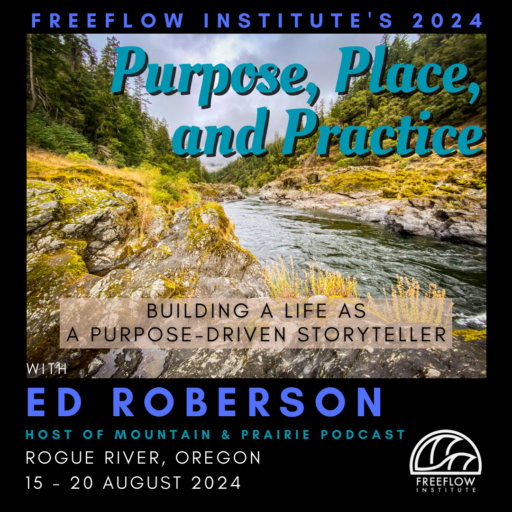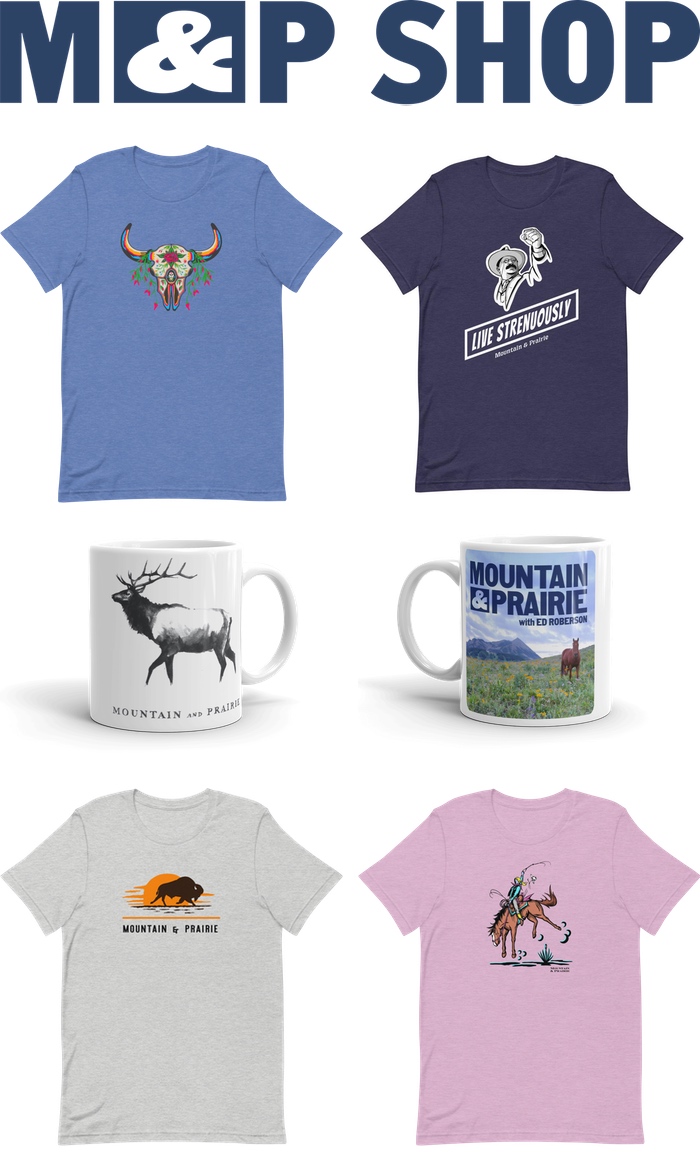More information than you probably ever wanted to know about the American Bison
Back when I lived in Jackson Hole, I would start many of my summer mornings with a 30-mile bike ride before work. I’d head north out of town toward Grand Teton National Park, take a right towards Kelly, loop around the Blacktail Butte, pass that iconic barn you see on all the post cards, and head back to town with the Tetons to my right.
More mornings than not, I would encounter buffalo, officially known as the American Bison. Most of the time, they’d be off grazing in the distance, but every once and a while, they’d be close by – crossing the road or simply standing there, blocking the road. Initially, I would stop, patiently wait, and they’d eventually move on. Several times, they’d just stand there staring at me, showing me who’s boss, and I’d eventually give up, turn around, and ride home. I didn’t know much about them or their demeanor… I just knew that they were massive, had sharp horns, and could make quick work of a skinny guy in spandex if so inclined.
Over time, I developed a theory that, in hindsight, was based on no facts whatsoever and also turned out to be pretty damn dangerous. It went like this: If a buffalo was standing in the road, facing away from me, I could pedal as hard as possible and pass by him at 40 mph. By the time he saw me, the theory went, I would be long gone. I successfully performed this feat multiple times, getting within several feet of the buffalo. So close, in fact, that I could smell them.
Several years later, I read Steven Rinella’s excellent book American Buffalo: In Search of a Lost Icon and realized just how flawed my silly buffalo/biking theory was. My theory was based on the idea that buffalo have the same field of vision as a human (about 180 degrees), which would allow a spandex wearing nerd on a bike to “sneak up” on them. But according to Rinella, they have a 330-degree of vision, which means that unless you were standing directly, and I mean directly, behind them, the buffalo would see you.
In other words, there’s pretty much no way to sneak up on a buffalo. Their exceptional field of vision partly explains why they dominated the western North American landscape for thousands of years; no predator could effectively sneak up on them without at least one member of the herd detecting it. What it doesn’t explain is why those buffalo outside of Jackson Hole didn’t just turn around, throw me off of my bike and let me have it.
———————
Now to the books….
If you have an active interest in American Western history, then you need to know about the buffalo. They are fascinating creatures, and their story is both tragic and inspiring. They are unbelievably adaptable to the America’s landscape and climate, and, before European settlers arrived, there were between 60 and 100 million buffalo roaming North America. The only predator that proved too much for the buffalo was the human, specifically the human with a gun. During the late 1800s, years of systematic, unregulated hunting decreased the bison from tens of millions to approximately 800 animals.
Enter George Bird Grinnell and his team of conservationists, who battled with the federal government, as well as the American public, to save the buffalo from complete extinction. Grinnell’s fight for the buffalo, as well as his leadership and advocacy for the existence of National Parks in the United States, is detailed in Michael Punke’s Last Stand: George Bird Grinnell, the Battle to Save the Buffalo, and the Birth of the New West.
Inspired by visionaries like John James Audubon and empowered by bold leaders like Theodore Roosevelt, Grinnell used his power as an author, as well as the power of his political connections, to effectively bring the idea of conservation to the mainstream. Without Grinnel and his team, there would possibly be no buffalo and no Yellowstone National Park (or any National Parks for that matter). Last Stand is not just about the American Bison. It is a book about the history of conservation and the heroes and villains of the 19th century who played a role in making the western United States what it is today.
If you are looking for even more intriguing information on buffalo wrapped in an awesome adventure narrative, I recommend the aforementioned American Buffalo. It follows Outside Magazine writer and hunting extraordinaire Steven Rinella as he goes on a buffalo hunt in Alaska. Rinella draws one of the very few coveted buffalo tags issued by the government and sets out on an adventure into the Alaskan wilderness to hunt a truly wild buffalo. He travels by pack raft and on foot, part of the time with a buddy and part of the time completely solo, through grizzly territory to bag one of these creatures. Even if you are not a hunter, you will most likely enjoy this book, as Rinella has a conservationist mentality and the highest hunting ethics.
Between these two books, you’ll have more information on buffalo than you ever could possibly need. You’ll have a greater appreciation for folks like Ted Turner, who have taken an interest in this iconic animal and invested time, money, and resources into seeing that the American Bison continues to thrive in North America. Heck, you may even decide to buy my Hartsel Springs Ranch listing – a 17,000-acre buffalo ranch in the historic South Park basin of Colorado (photo below). At the very least, you’ll avoid coming up with any half-baked theories about sneaking up on buffalos from behind on a bike.







